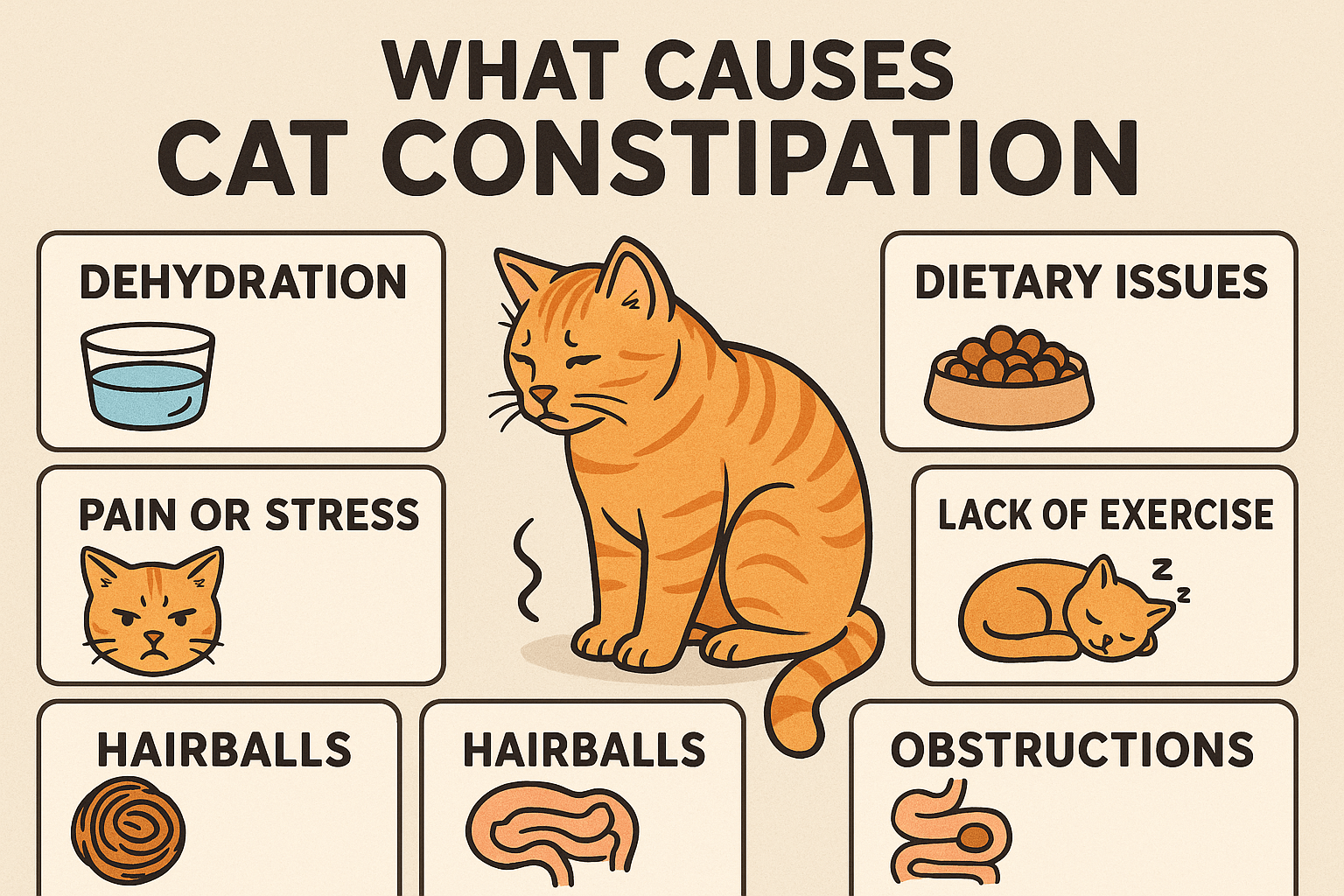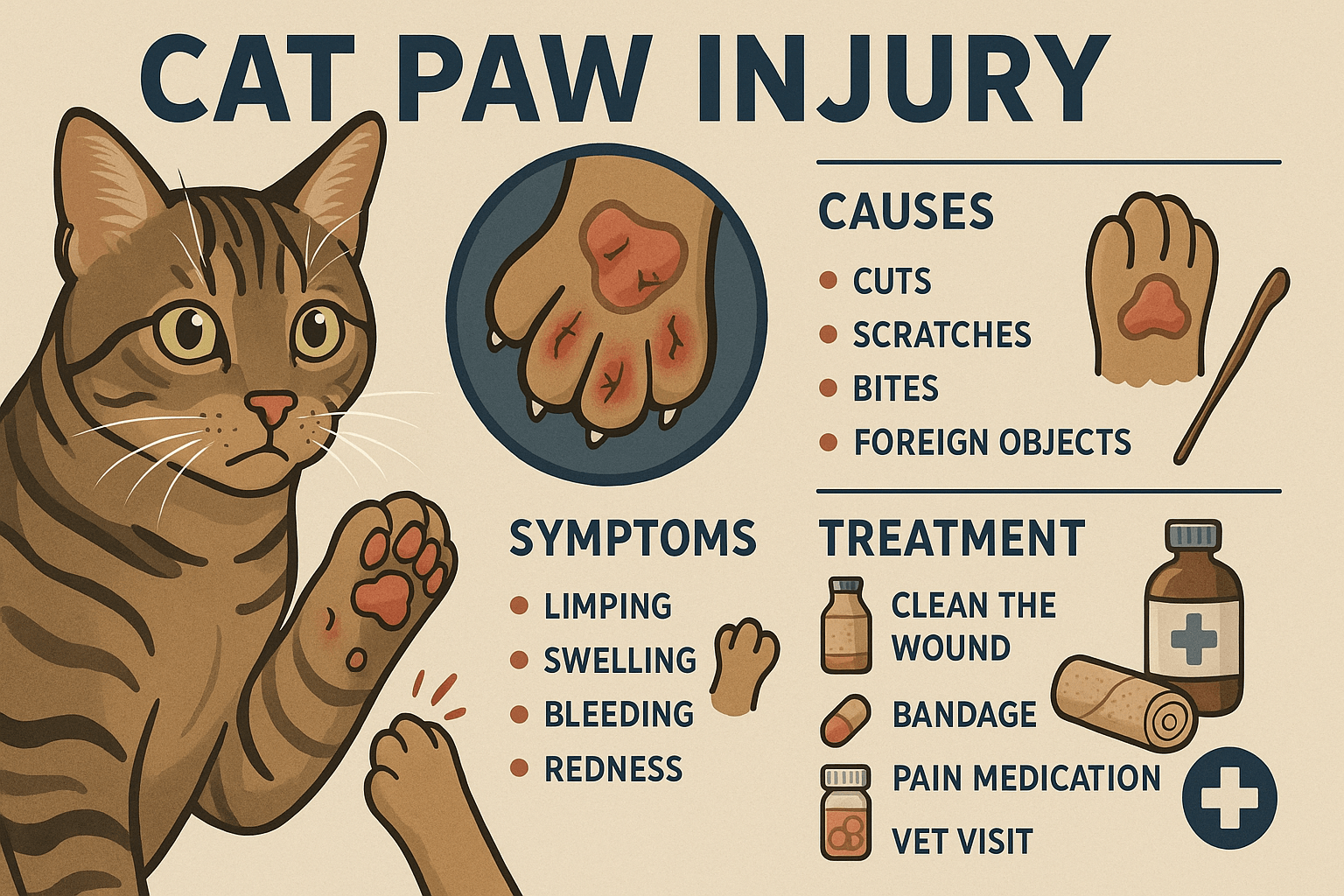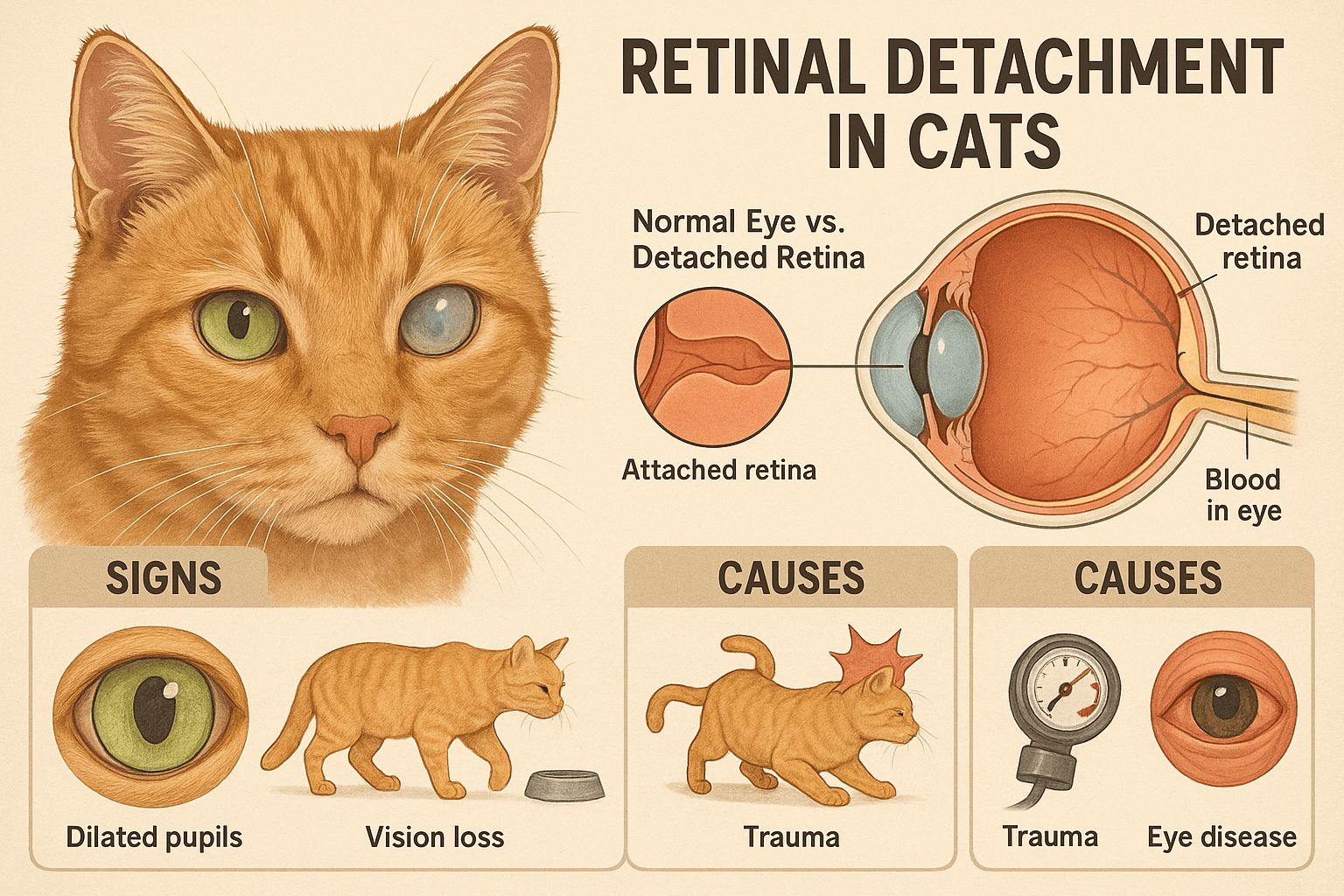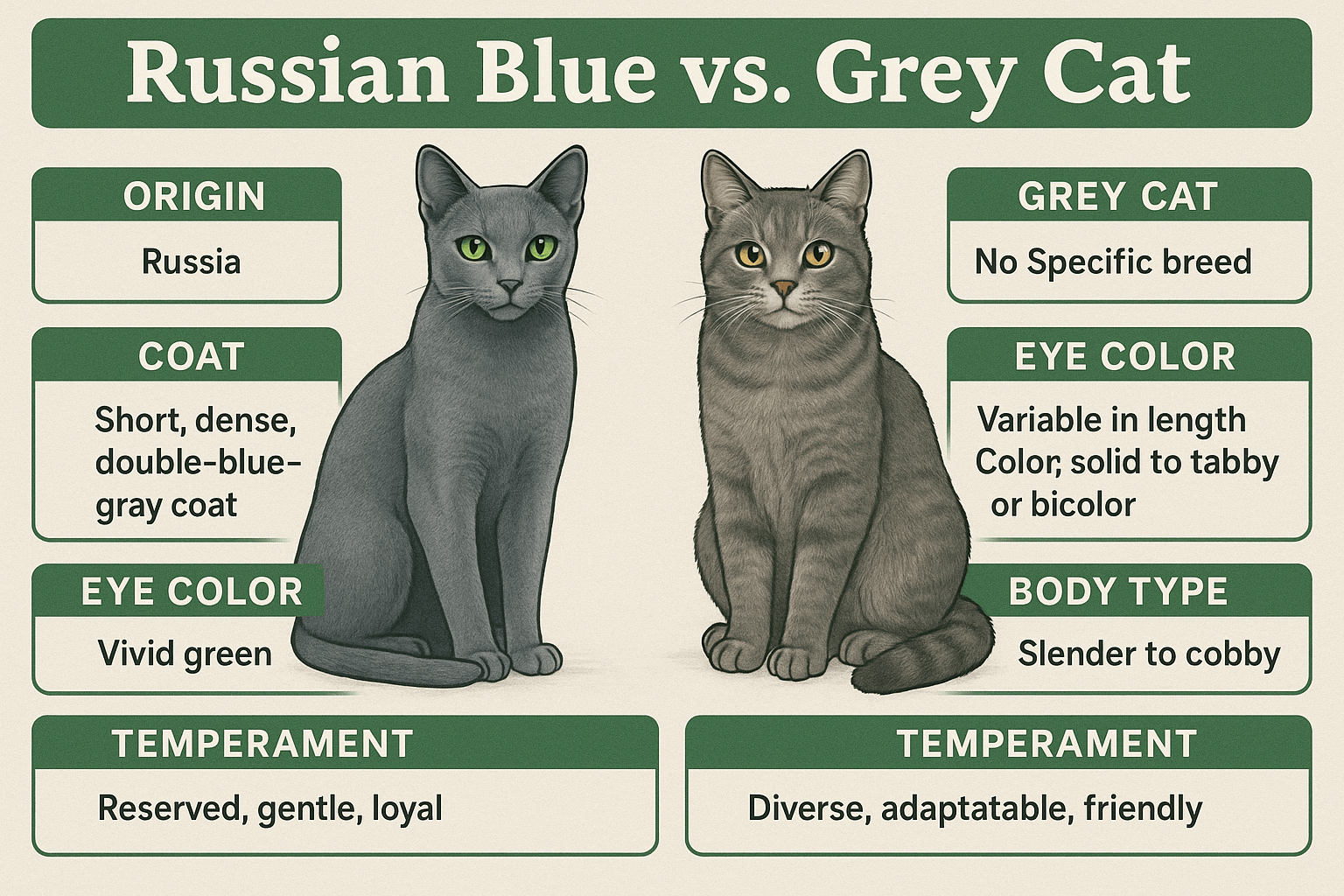Dichromatic Cat Eyes: The Fascinating World of Two-Toned Eyes
Few things capture the imagination quite like the mesmerizing gaze of a cat with dichromatic eyes. This rare and striking trait, where one eye is a different color than the other, has fascinated pet lovers, artists, and scientists alike. Known as heterochromia, this phenomenon occurs in cats due to variations in pigmentation during development. While it’s most commonly seen in white or predominantly white cats, dichromatic eyes can appear in felines of various breeds and coat colors. Beyond their aesthetic appeal, these unique eyes hold deeper biological significance and cultural symbolism. In this blog post, we’ll explore what causes dichromatic cat eyes, how they affect a cat’s vision, and why they continue to captivate us.
What Causes Dichromatic Cat Eyes?
The stunning appearance of dichromatic cat eyes is rooted in genetics and developmental biology. Understanding the science behind this phenomenon sheds light on its rarity and beauty.
Genetic Factors:
Heterochromia often results from genetic mutations that affect melanin distribution in the iris during fetal development.White Coat Connection:
Cats with white fur or the “white spotting” gene are more likely to exhibit dichromatic eyes due to their reduced melanin production.Developmental Timing:
If melanocytes (pigment-producing cells) fail to migrate fully to one eye during development, that eye may remain blue while the other takes on a different hue.Inherited Traits:
Some breeds, such as Turkish Angoras and Japanese Bobtails, are predisposed to heterochromia due to selective breeding for specific traits.Acquired Heterochromia:
Rarely, injury, illness, or medication can cause changes in eye color later in life, resulting in acquired dichromatic eyes.
The interplay of genetics and biology makes dichromatic cat eyes not only visually captivating but also scientifically intriguing.
How Dichromatic Eyes Affect a Cat’s Vision
While dichromatic eyes are undeniably beautiful, many wonder if they impact a cat’s ability to see. Here’s what you need to know about vision in cats with two-toned eyes.
Normal Vision in Most Cases:
Cats with dichromatic eyes typically have normal vision, as the condition affects only pigmentation, not the structure of the eye.Potential Hearing Issues:
White cats with blue eyes, including those with heterochromia, may have a higher risk of congenital deafness in one or both ears.Light Sensitivity:
The blue eye in dichromatic cats often contains less pigment, making it more sensitive to bright light compared to the darker eye.Depth Perception Unaffected:
Despite the difference in color, depth perception and spatial awareness remain intact in cats with dichromatic eyes.Adaptation to Environment:
Cats are highly adaptable creatures, and those with dichromatic eyes adjust seamlessly to their surroundings without noticeable challenges.
Understanding these nuances helps dispel myths and highlights the resilience of cats with dichromatic eyes.
Check this guide 👉How to Clean a Cat Eye Infection: Best 7 Health Tips!
Check this guide 👉Understanding Cat Eye Mucus: Best 7 Health Tips!
Check this guide 👉Cat Eye Drops for Conjunctivitis: Best 7 Expert Tips!
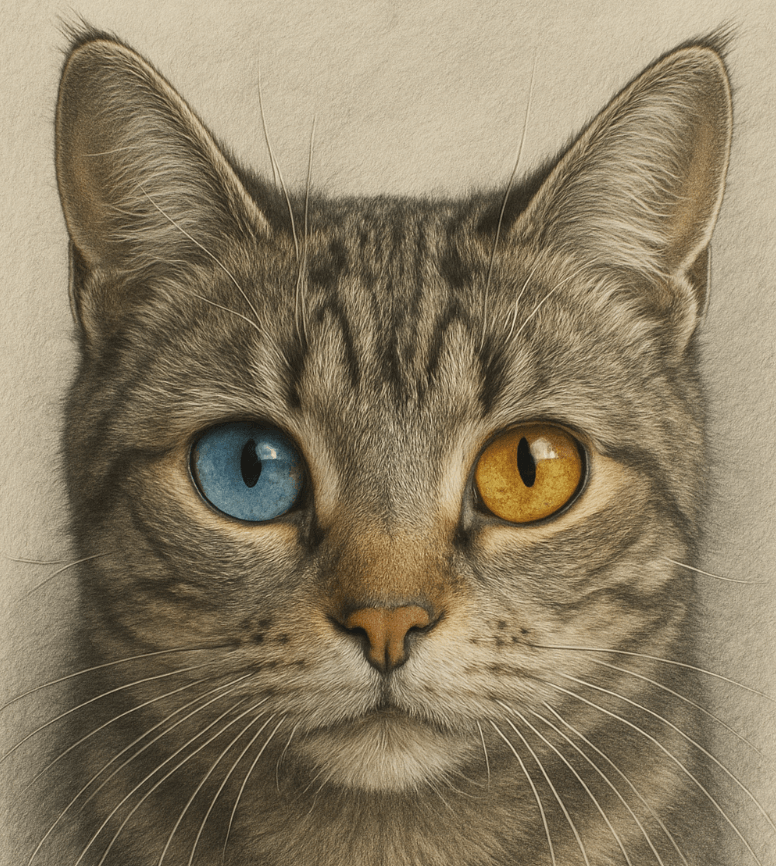
Facts About Dichromatic Cat Eyes | Breeds Prone to Heterochromia |
|---|---|
Caused by uneven melanin distribution | Turkish Angora |
Often linked to white or spotted coats | Japanese Bobtail |
Blue eye may indicate higher deafness risk | Khao Manee |
Rare but not harmful to vision | Sphynx |
Can occur naturally or due to injury | Van Cat |
Cultural Symbolism of Dichromatic Cat Eyes
Throughout history, dichromatic cat eyes have been imbued with rich symbolism, appearing in myths, art, and folklore across cultures. These interpretations reflect humanity’s fascination with their otherworldly appearance.
Symbols of Mystery:
In ancient Egypt, cats were revered as sacred beings, and dichromatic eyes were seen as a sign of heightened spiritual awareness.Good Luck Omens:
In some Asian cultures, cats with unique eyes were believed to bring prosperity and ward off evil spirits.Superstitions in Europe:
During the Middle Ages, dichromatic cats were sometimes viewed with suspicion, thought to be connected to witchcraft or the supernatural.Inspiration for Artists:
Painters and writers have long drawn inspiration from dichromatic eyes, using them as symbols of duality, magic, and intrigue.Modern Popularity:
Today, dichromatic cats are celebrated on social media and in pop culture, admired for their ethereal beauty and uniqueness.
These cultural perspectives underscore the timeless allure of dichromatic eyes and their enduring place in human imagination.
Tips for Caring for a Cat with Dichromatic Eyes
Cats with dichromatic eyes require the same care as any other feline, but there are a few additional considerations to keep in mind.
Monitor Hearing Health:
Regularly check your cat’s response to sounds, especially if they’re prone to deafness in one ear, to ensure their safety.Protect Sensitive Eyes:
Shield the blue eye from harsh sunlight, as it may be more vulnerable to UV exposure due to lower melanin levels.Schedule Regular Vet Visits:
Routine eye exams help detect any potential issues early, ensuring your cat’s ocular health remains optimal.Provide Enrichment Activities:
Engage your cat in play and exploration to stimulate their senses and compensate for any hearing or visual differences.Be Patient with Training:
If your cat is deaf or partially deaf, use visual cues instead of verbal commands during training sessions.
With attentive care, cats with dichromatic eyes can lead happy, healthy lives while enchanting everyone around them.
Famous Cats with Dichromatic Eyes
Cats with dichromatic eyes have captured hearts worldwide, inspiring admiration and even fame. Here are some notable examples of these extraordinary felines.
Snowflake the Cat:
A beloved internet sensation known for her striking blue and green eyes, Snowflake amassed millions of fans online.Historical Legends:
Stories of mythical cats with dichromatic eyes appear in folklore, symbolizing wisdom and mystical powers.Celebrity Pets:
Several celebrities own cats with heterochromia, showcasing their unique beauty on social media platforms.Artistic Inspirations:
Painters like Louis Wain immortalized dichromatic cats in their works, celebrating their enchanting gaze.Rescue Success Stories:
Many rescue cats with dichromatic eyes find loving homes quickly, thanks to their captivating appearance.
These famous felines highlight the universal appeal of dichromatic eyes and their ability to inspire joy and admiration.
Misconceptions About Dichromatic Cat Eyes
Despite their popularity, several misconceptions surround dichromatic cat eyes. Clearing up these myths helps foster greater understanding and appreciation.
Myth: All Dichromatic Cats Are Deaf:
While some white cats with blue eyes may experience deafness, not all dichromatic cats face this issue.Myth: Dichromatic Eyes Are a Sign of Illness:
In most cases, heterochromia is purely cosmetic and poses no threat to a cat’s health.Myth: Dichromatic Eyes Are Rare Worldwide:
While uncommon, dichromatic eyes occur frequently enough in certain breeds to be considered typical within those groups.Myth: Dichromatic Cats Require Special Diets:
Their dietary needs are identical to those of other cats, though overall health should always be prioritized.Myth: Dichromatic Eyes Fade Over Time:
Once developed, the colors of dichromatic eyes generally remain stable throughout a cat’s life.
By addressing these misconceptions, we can better appreciate the natural wonder of dichromatic eyes.
Fun Facts About Dichromatic Cat Eyes
Beyond their scientific and cultural significance, dichromatic cat eyes boast plenty of fun and fascinating trivia.
Each Eye Tells a Story:
The color of each eye reflects the amount of melanin present, offering clues about the cat’s genetic makeup.Blue Eyes Reflect Light Differently:
The tapetum lucidum layer in blue eyes creates a distinctive glow in low-light conditions.Heterochromia Isn’t Exclusive to Cats:
Humans, dogs, horses, and other animals can also exhibit this captivating trait.Linked to “White Spotting” Gene:
This gene not only influences coat patterns but also plays a role in determining eye color variation.High Demand Among Breeders:
Some breeders specialize in producing kittens with dichromatic eyes, catering to enthusiasts who admire their uniqueness.
These fun facts add an extra layer of intrigue to the already captivating world of dichromatic cat eyes.
Frequently Asked Questions About Dichromatic Cat Eyes
Are dichromatic cat eyes rare?
Yes, they are relatively uncommon, especially outside breeds predisposed to heterochromia.
Do dichromatic eyes affect a cat’s behavior?
No, behavior is unaffected unless hearing loss accompanies the condition.
Can dichromatic eyes develop later in life?
In rare cases, injury or illness can cause changes in eye color, leading to acquired heterochromia.
Are certain breeds more likely to have dichromatic eyes?
Breeds like Turkish Angoras, Japanese Bobtails, and Khao Manees are more prone to this trait.
How can I tell if my cat is deaf due to dichromatic eyes?
Observe their response to sound and consult a veterinarian for a professional hearing assessment.
Celebrating the Beauty of Dichromatic Cat Eyes
Dichromatic cat eyes are a testament to nature’s artistry, blending genetics, biology, and aesthetics in a way that continues to captivate and inspire. Whether admired for their symbolic meanings, celebrated in art and culture, or cherished in our homes, these unique eyes remind us of the wonders of the animal kingdom. By understanding the science behind heterochromia, addressing common misconceptions, and providing proper care, we can honor the extraordinary beauty and resilience of cats with dichromatic eyes. As we marvel at their gaze, we’re reminded of the magic and mystery that make these felines truly unforgettable companions.
What Causes Cat Constipation? Best 7 Expert Tips! Discover common causes, symptoms, and solutions for cat constipation to keep your feline healthy and comfortable.
Cat Paw Injury: Best 7 Expert Tips! Discover essential advice on identifying, treating, and preventing cat paw injuries to keep your feline friend healthy and happy.
Retinal Detachment in Cats: Best 7 Expert Tips! Learn to identify symptoms, understand causes, and explore treatment options to protect your cat’s vision effectively.
Russian Blue vs Grey Cat: Best 7 Expert Tips! Discover key differences, unique traits, and expert advice to help you choose between a Russian Blue and a generic grey cat for your perfect feline companion.

